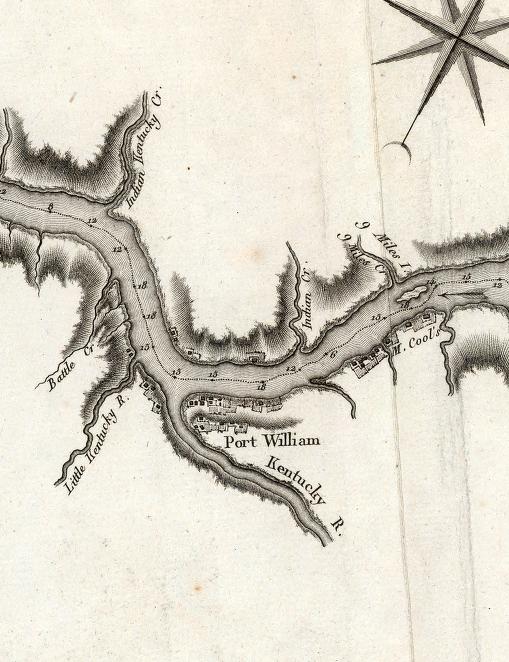It never was a big place, even in the old days. And in the early 1830s, the newly named China, Ind., (calling it a town is a bit of a stretch), was the base of missionary activity for two Presbyterian ministers.
In the 1820s, there was a bit more to China, if defined as extending from where Dry Fork meets the West Fork of the Indian-Kentuck, upstream to the site of the former St. Anthony's Roman Catholic Church. There was a fulling mill that opened in 1817 (lifespan unknown), and the China Paper Mill that started by 1830 and which lasted until 1860. When James Hill sold his property at China to James Siddell in 1836, the deed listed a gristmill, sawmill, tanning shop, storehouse, dwelling house, barn, stables, and water rights as part of the sale.
And starting in 1831, there was a church, alternately called Center and Central Presbyterian. Land for a church site, on the northeast side of the Dry Fork-Indian-Kentuck confluence was sold to church trustees in 1833. Since the congregation lasted until about 1850, there probably was a church building, although no direct references to a building have been found. This was probably what drew two ministers, the Rev. John Parsons, who spent more of his time with the shorter-lived Ryker's Ridge Presbyterian Church, and the Rev. Moses Wilder, who preached at China at least one year.
Wilder, the corresponding secretary for the local chapter of the American Tract Society, reached Madison in 1831, and was at China in 1833, where he became postmaster on Jan. 30 that year. A series of short letters by Wilder, published in the American Home Missionary and Pastor's Journal in 1833, bear the China address. He both bemoaned the state of education and religion in Indiana while bragging about his own work. That year he toured much of Indiana and detailed what he saw as tremendous distances between existing churches. And while still living at China, he was serving as minister at the Bethlehem, Ind., Presbyterian Church.
Parsons despaired the general condition of the area and wrote in February 1833 to the magazine's editor Absolom Peters that "Aside from Br. Wilder and myself, there is not a literary man of an sort in the bounds. There is not a scholar or grammar or geography or teacher capable of instructing in them, to my knowledge"
But Wilder went on to other duties. He moved to Franklin County, Ind., by October 17, 1837, when he sold his land at China to James Morgan. And in a few years, German Catholic families would arrive to give the area a much different flavor.
Subscribe to:
Post Comments (Atom)


1 comment:
Thanks for sharing this post with us...... this post tells a lot..
___________________
venus
LaserShield Wireless Home
Alarm Security Systems
Post a Comment